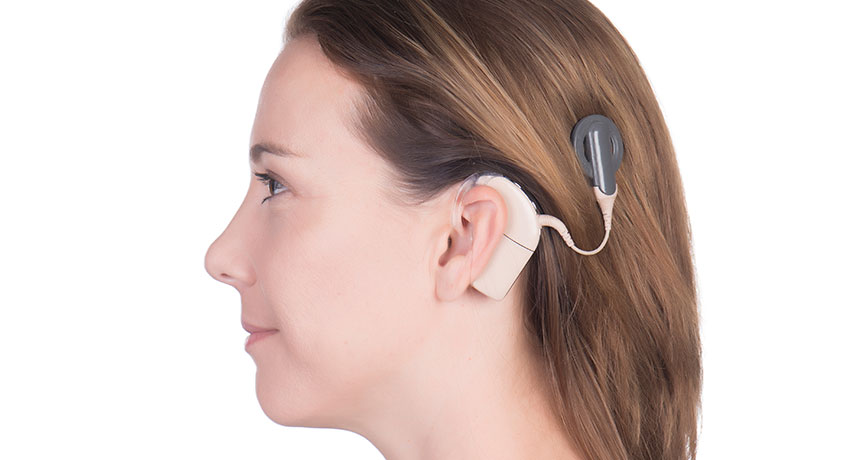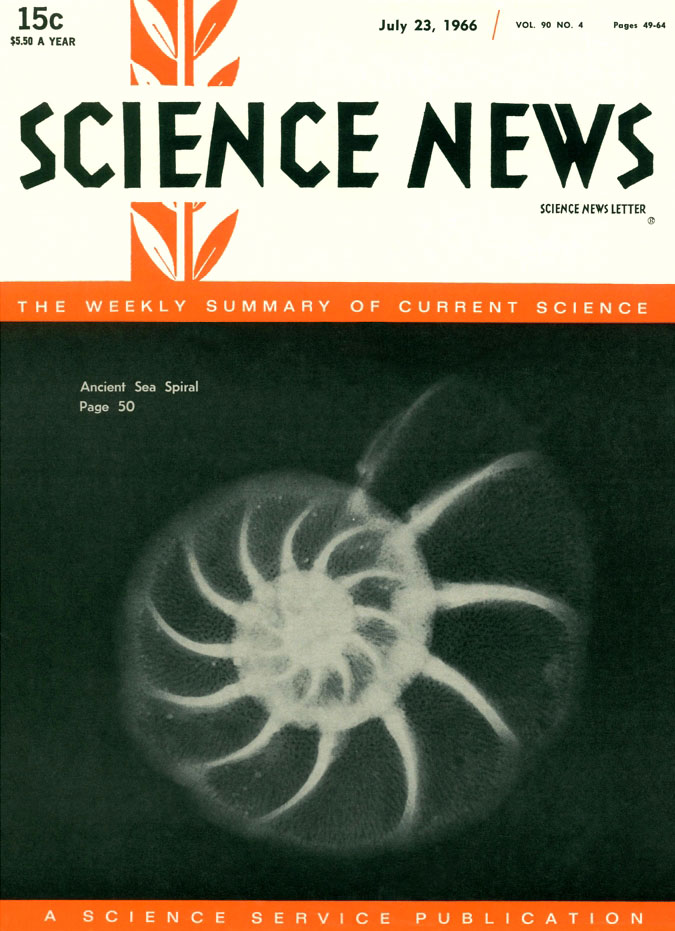Artificial hearing has come a long way since 1960s
Excerpt from the July 23, 1966, issue of Science News

CAN YOU HEAR ME NOW? Cochlear implants have helped deaf people hear for decades. New technology may expand the frequencies that humans can hear.
Elsa Hoffmann/Shutterstock
 ‘Hearing’ electrically — A deaf person has been able to “hear” as a result of direct electrical excitation of auditory nerve fibers.
‘Hearing’ electrically — A deaf person has been able to “hear” as a result of direct electrical excitation of auditory nerve fibers.